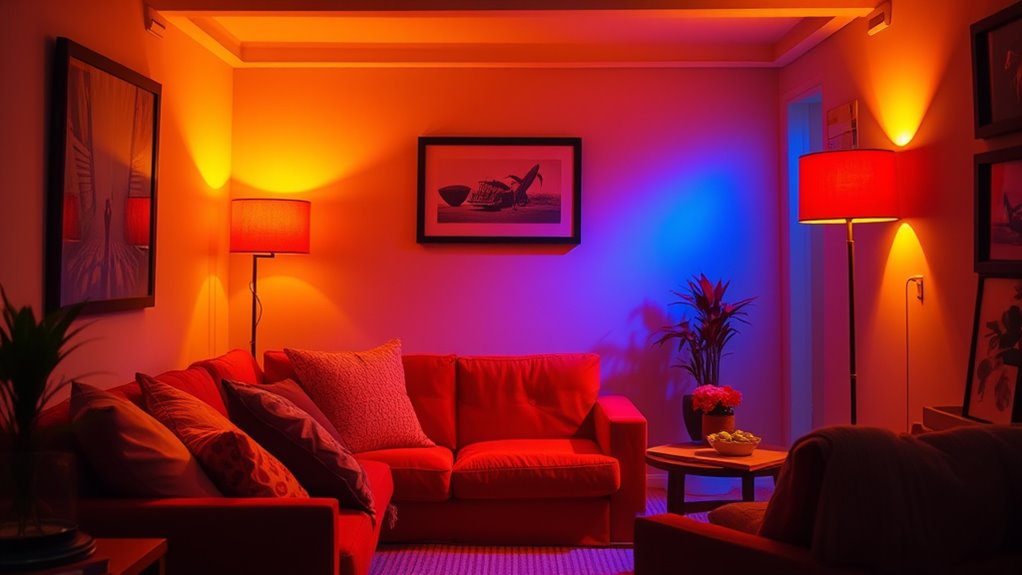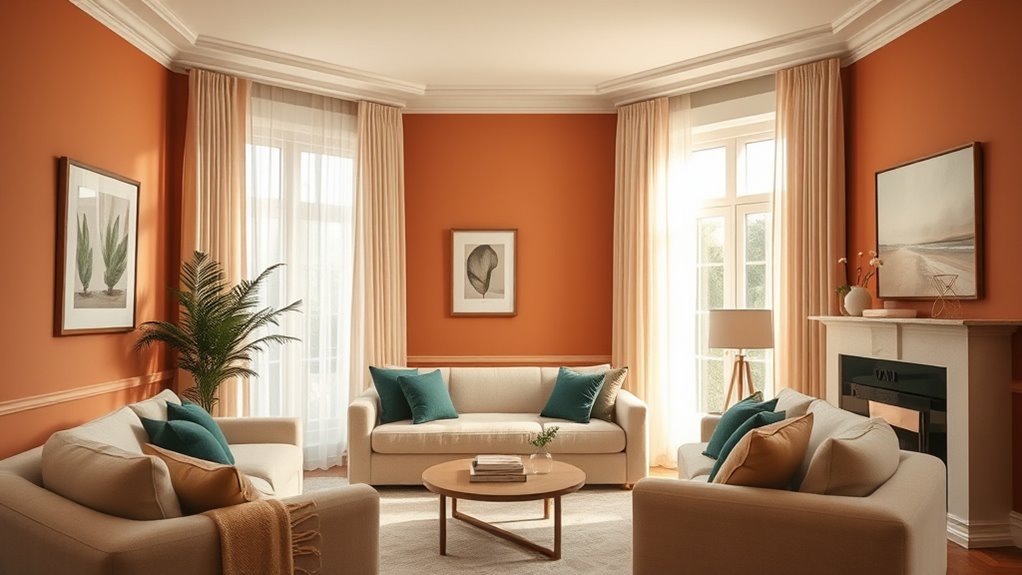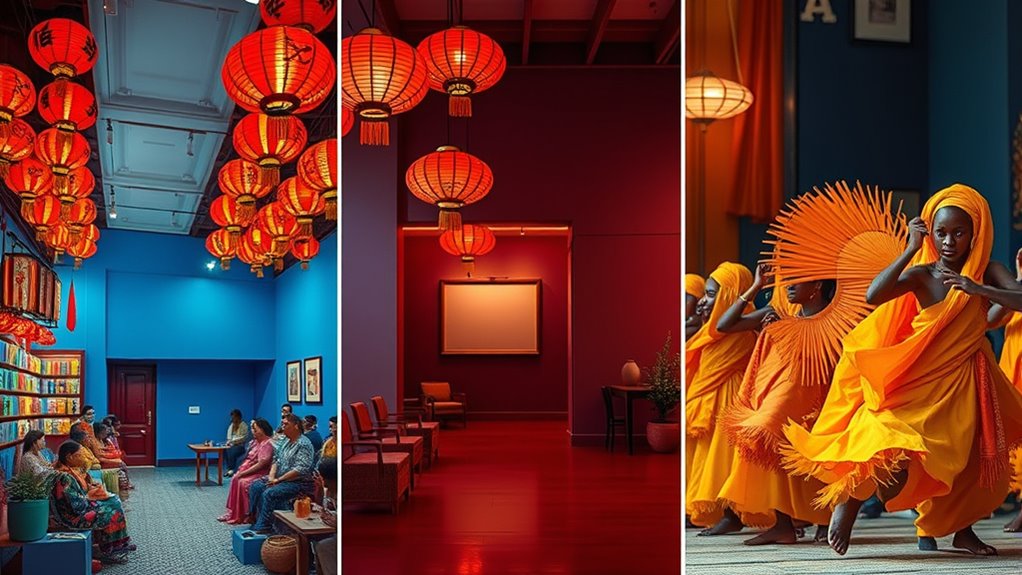Unlock the power of light colors to influence your emotions and transform your environment—discover how color psychology in lighting can enhance your well-being and mood.
Browsing Tag
Color psychology
29 posts
Neutral Tones and Mood: The Power of Whites, Beiges, and Greys
The transformative power of neutral tones like whites, beiges, and greys can shape your home’s mood, but there’s more to discover beyond their calming appeal.
Selecting Home Color Palettes: Principles From Color Psychology
Theories from color psychology reveal key principles for selecting home palettes that influence mood, but understanding how to apply them can transform your space—continue reading.
Color in Consumer Behavior: How Shades Influence Purchases
Meta description: “Many shades subtly influence your buying decisions—discover how color psychology can shape your perceptions and why it matters in consumer behavior.
Color and Performance: The Impact of Red on Test Scores
Unlock how the color red influences test performance and discover why subtlety might be your secret to success.
Modern Research on Color Psychology: Strengths and Limitations
Wondering how color psychology influences emotions and perceptions, yet faces limitations from cultural and personal differences? Keep reading to explore more.
Cross‑Cultural Color Perception: Variations in Color Psychology
More than just shades, colors carry diverse meanings worldwide, making understanding cross-cultural perceptions essential for effective communication.
Cool Colors: The Calming Effects of Blues, Greens, and Purples
Unlock the soothing power of cool colors like blue, green, and purple and discover how they can transform your environment and well-being.
Warm Colors: How Reds, Oranges, and Yellows Influence Mood
Luminous warm hues like reds, oranges, and yellows profoundly affect emotions and perceptions, revealing powerful insights into their influence on mood—discover more.
The Hidden Biases in Color Perception—And How Designers Exploit Them
Shed light on the unseen biases in color perception and discover how designers skillfully manipulate your emotions—what they reveal might surprise you.













